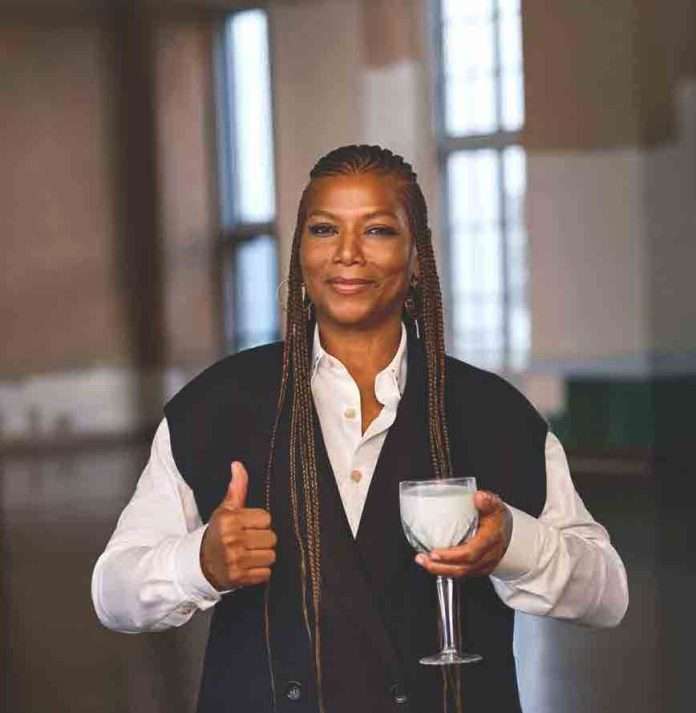Just how bad is milk for our health? And the planet?
It’s been more than a decade since Paul McCartney and his daughters Stella and Mary helped launch the Meat-Free Monday campaign. The proposition was simple: leave meat off your plate one day a week to help slow climate change. But should dairy be part of that conversation now, too? Efforts like the increasingly popular Veganuary urge consumers to ditch dairy, too, even despite efforts by the dairy industry to bring milk back into fashion. But is milk healthy? What’s its impact on the planet and the climate, too?
According to the Food and Agriculture Organization of the United Nations (FAO), the livestock sector, which includes milk, is “one of the top two or three most significant contributors to the most serious environmental problems, at every scale from local to global.”
And, unlike meat, which can include a range of animals, some with lower climate impacts than others, the majority of dairy comes from one animal source.
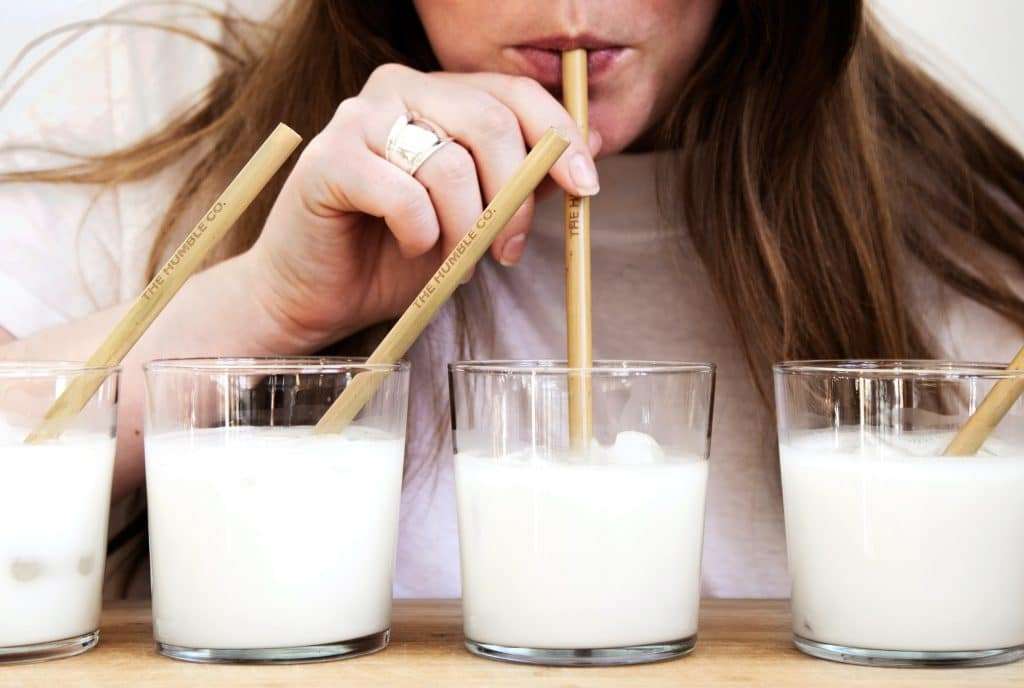
“Cattle are by far the biggest source of emissions from animal agriculture,” notes Climate Nexus. There are currently more than 280 million dairy cows on the planet.
The World Wildlife Fund (WWF) notes a few startling facts about dairy:
- In 2017, more than 909 million tons of milk were produced by cows, buffalo, and other livestock worldwide. The U.S. produces the most cow’s milk, about 12 percent. (India produces the most of all livestock milk, about 20% of the world’s supply.)
- Despite numbers of milk sales declining in some markets, overall production is up significantly. According to WWF, global milk production grew 30 percent from 2005 to 2015. This is due to an increase in dairy consumption in emerging markets as well as the demand for cheese and other dairy products.
- In the U.S., average consumption of dairy products is 643 pounds per person per year. That number is up 14 percent from 1997. And while that’s not fluid milk (those numbers are declining), cheese consumption is up nearly 30 percent.
So how does that translate into emissions?
According to WWF, in the U.S. alone, dairy makes up more than 2 percent of all greenhouse gas emissions. That’s about 20 percent of all agricultural emissions. Globally, that number increased 18 percent between 2005 and 2015.
Dairy’s climate impact
Just like other livestock sectors, dairy cows are big consumers. Their footprint requires upwards of 30 to 50 gallons of water per cow per day. They also eat a lot — as much as 100 pounds of feed per cow every day. The dairy industry requires about 9 percent of total U.S. cropland to grow feed crops for dairy cows. That comes out to more than 34 million acres of land.
These feed crops are destructive by design; the topsoil can only sustain a few growing cycles. The vast majority of these crops are sprayed with chemicals linked to cancer and declining pollinator populations. And while the FAO estimates that livestock production is responsible for 14.5 percent of global greenhouse gas emissions, some organizations have estimated it could be as much as 51 percent.
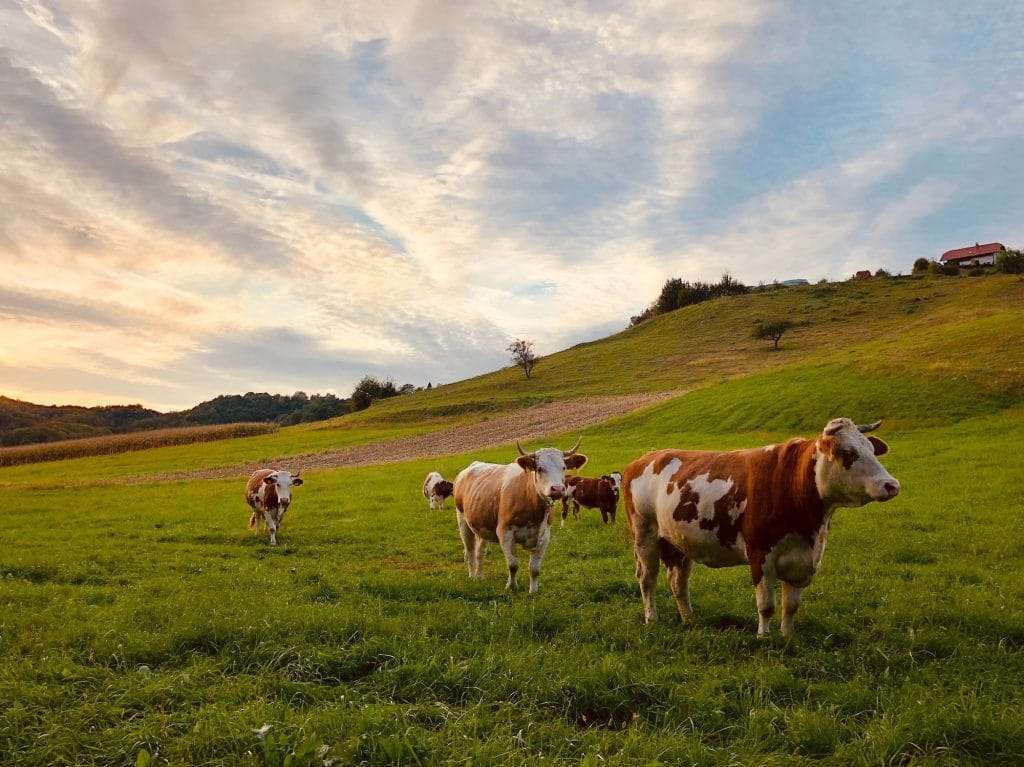
The UN’s Intergovernmental Panel on Climate Change says we have until 2050 to reduce agricultural emissions by 80 percent in order to avoid climate change.
This dire state is the focus of Sir David Attenborough’s 2020 documentary, “A Life on Our Planet.” In this testimonial, he details the destruction he’s seen in nine decades on Earth, calling the film his “witness statement.” He says he’s witnessed a decades-long crime against nature that’s showing no sign of slowing down. Chief among the criminals: the livestock industry.
Is dairy healthy?
But we need dairy for strong bones, right? The short answer, according to a growing body of research: No. That is — unless you’re a baby cow. Then, of course, it’s the healthiest food in the world.
But humans consume this mother’s milk well into adulthood and in several modified forms — from protein isolates to cheese. It’s an absurdity Academy Award winner Joaquin Phoenix called out in his Best Actor Oscars speech for “Joker” in 2020.
“I think we’ve become very disconnected from the natural world,” he said. “We feel entitled to artificially inseminate a cow and when she gives birth we steal her baby, even though her cries of anguish are unmistakable. And then we take her milk that’s intended for the calf and we put it in our coffee and cereal.”
Humans, like baby cows, require their mother’s milk in infancy. But all the other nutrients can be obtained through a well-balanced diet rich in leafy greens, whole grains, and lean protein.
“There is no requirement for milk consumption beyond weaning, as evidenced by the fact that 70 percent of the global population have lactose malabsorption, which can manifest as intolerance,” Shireen Kassam wrote in an open letter to Dr. Hilary Jones about free milk with school lunches. Kassam is the founder and director of advocacy group Plant-Based Health Professionals U.K.
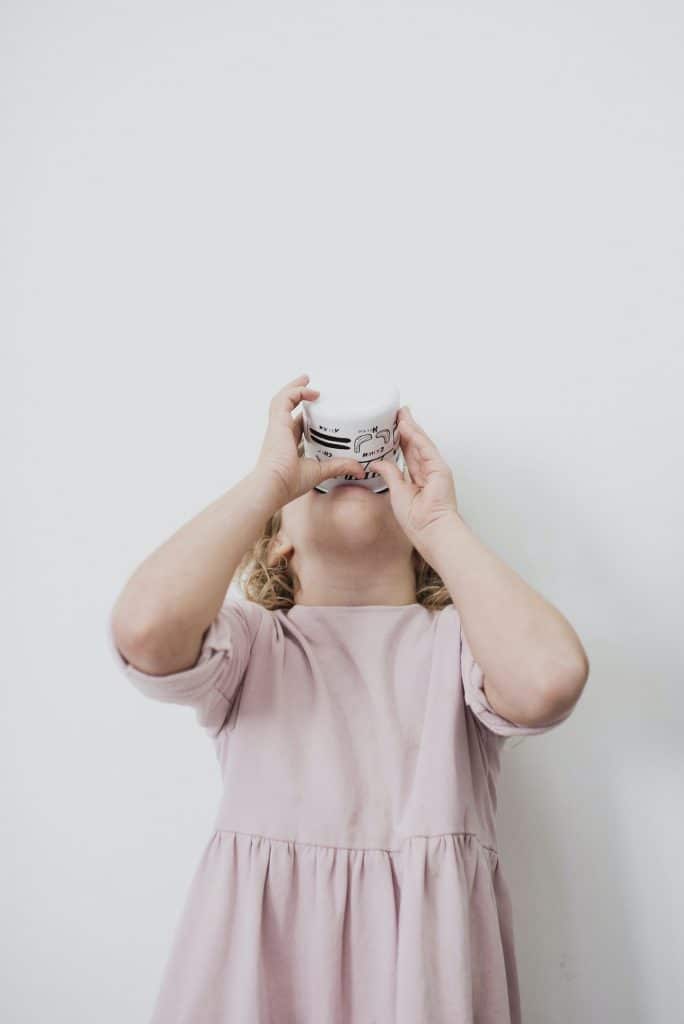
“Europeans have indeed adapted to digesting dairy beyond weaning but even then, up to 30 percent are not able to digest the main sugar lactose,” Kassam explains. “For those with lactose intolerance, consuming dairy can be distressing, leading to abdominal pain, diarrhoea and nausea.”
Kassam says the school milk programme “excludes and discriminates against” those with lactose intolerance, “often children from ethnic minorities in the U.K.”
In many schools around the world, milk is still the default beverage. That’s only partly due to its perceived health benefits. In the U.S. for example, it’s also largely due to government subsidies that keep farmers in business and schools supplied with free or low-cost food, even if families keep no milk at home.
“The foods most associated with health promotion in children and adults are fruits, vegetables, whole grains and beans,” Kassam explains. “Yet only 18 percent of children in the U.K. eat five portions of fruits and vegetables a day. We should be promoting the consumption of these foods in schools, which are inclusive of all communities and supported by strong scientific evidence. It is time we put children’s health before the vested interests of the dairy industry.”
Going dairy-free
Consumers were already embracing dairy-free milk back in 2009 when Meat-Free Mondays launched, and certainly by the time the Beyond Burger hit the market. As we saw after the arrival of the Beyond Burger in 2016 with consumers gobbling up the meat analog, today’s consumers are embracing dairy alternatives in a big way, too.
Despite the growing demand for dairy-free milk, dairy continues to find its way into all corners of our diets — from the cheese-on-everything to hidden milk powder in everything else, most consumers are likely unaware of just how much dairy they really are consuming.
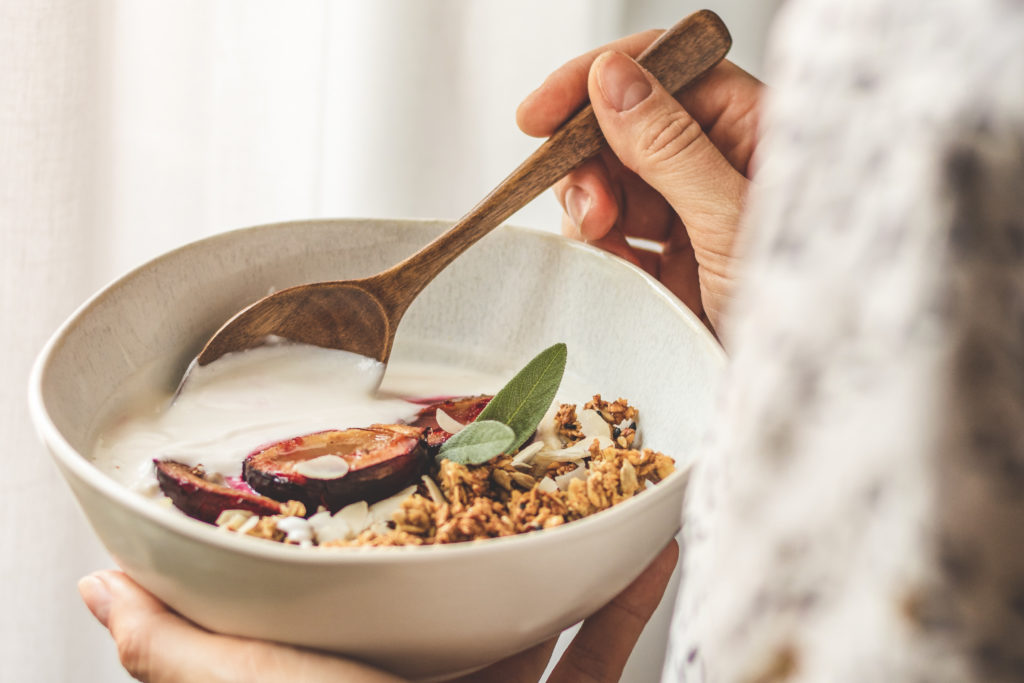
And while fluid milk sales continue to decline in once-major markets like the U.S., which saw a $1.1 billion loss in 2018, ticking it down to $13 billion, dairy sales are up elsewhere for cheese, yogurt, and other categories.
Nondairy milk sales are already on a steady increase. It’s the leading plant-based category by volume. In 2017, the nondairy milk market was estimated at nearly $12 billion in sales. It’s expected to top $34 billion as of this year.
A 2019 consumer survey found that one-third of Americans consider themselves flexitarians, and more than half are trying to eat more plant-based foods in general. Forty-six percent said they’re willing to cut out dairy. They’re motivated in large part for health reasons and the health of the planet.
Consumers are making conscious efforts to reduce their dairy consumption because they know their choices have a significant impact. And now, they have more alternatives to dairy than ever before to do it.
Read about how Eclipse Foods is making dairy-free ice cream that tastes just like conventional.
Related on Ethos:

